The struggles of a gluten-free lifestyle (Editorial)
Gluten-free foods have become infamous in the last decade. But why is it so difficult and costly to maintain a gluten-free lifestyle?
In the past decade, a certain trend has swept its way across America. On various labels, menus, and even on some hygiene products are two infamous words: Gluten-Free. However, to the 3 million Americans who suffer from the autoimmune condition called Celiac Disease, this is no trend and often leaves consumers in a financial debacle.
The prices of gluten-free food are tremendously higher than foods containing gluten, which understandably raises some eyebrows. Why are people paying more for something containing less?
“On average, gluten-free products are 242% more expensive than regular products,” according to Alice Bast, president of the National Foundation for Celiac Awareness. For people who are new to a gluten-free lifestyle, this can be an incredibly large stressor when it comes to purchasing food and other essentials.
One of the major reasons that gluten-free food is so much more costly than other foods is because of the production process. Cross-contamination with foods containing gluten is highly dangerous to people with Celiac Disease and/or gluten sensitivities. In order for bakeries or other factories to label their foods as gluten-free, they must be cleaned regularly and completely separated from the production of items containing gluten.
Along with this, each batch of food must be allergy tested before it is sent to the shelves. Such a tedious process requires money that most companies aren’t willing to give, therefore making gluten-free products more expensive.
According to Susan Tucker, a writer for the Three Bakers company, companies must have a number of certifications before they can claim a product is gluten-free. These certifications include Gluten-Free Certification Organization, National Foundation for Celiac Awareness Gluten-Free Certification Program, The International Certification Services, and various others.
Another reason gluten-free foods are so expensive is the successful economic influence the industry has had over the past couple of years. According to an article from Statista, “the market for gluten-free foods is rocketing. By 2020, the market is projected to be valued at 7.59 billion U.S. dollars.”
As a person who suffers from Celiac Disease and has faced numerous scenarios of exclusion due to the high prices of gluten-free food, I strongly believe that prices should go down. If companies invest in completely gluten-free facilities or take preventative measures for cross-contamination, thousands of struggling individuals would be benefitted. The simple one-time cost of building new factories could change lives for those who suffer.
Disclaimer: Articles designated as “Editorial” represent the views and opinions of the author, not the 2017-2018 Periscope staff, CHS Administration, or the CHS student body.
Want to help the Herd? Please consider supporting the Periscope program. Your donation will support the student journalists of CHS and allow us to purchase equipment, send students to workshops/camps, and cover our annual website hosting costs.

Reese Daugherty is currently a freshman at Carlisle High School and this is her first time on Periscope staff. Reese enjoys playing the guitar and ukulele...

Kenzy is currently a freshman at Carlisle High School. This is her first year on Periscope and she is a photo editor and photographer. While not getting...



















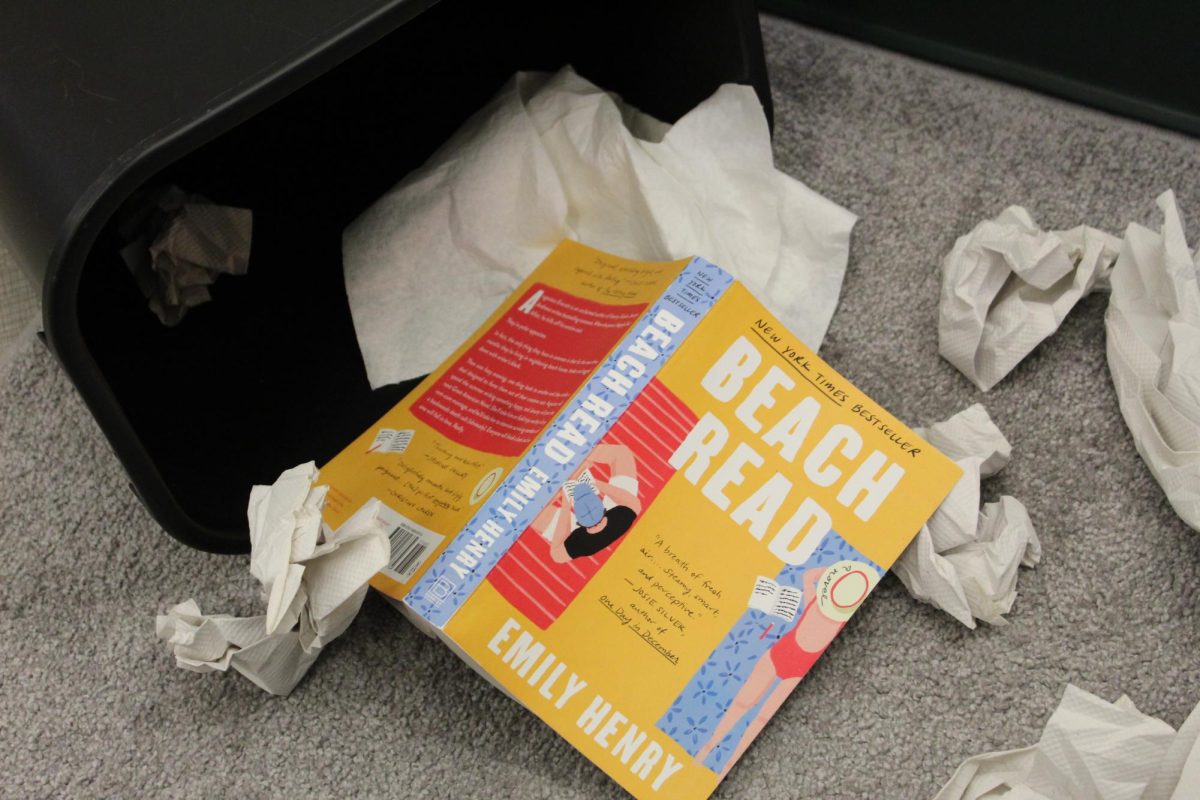






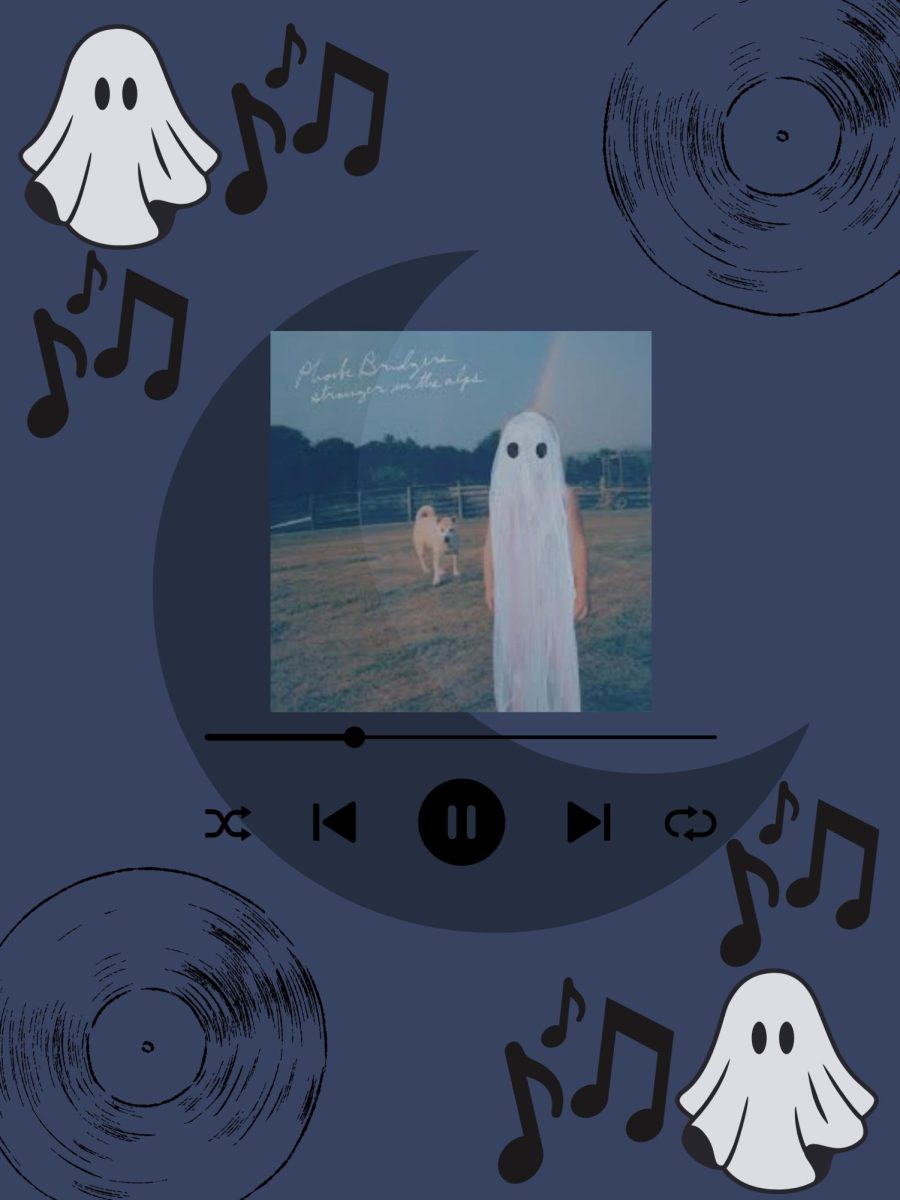
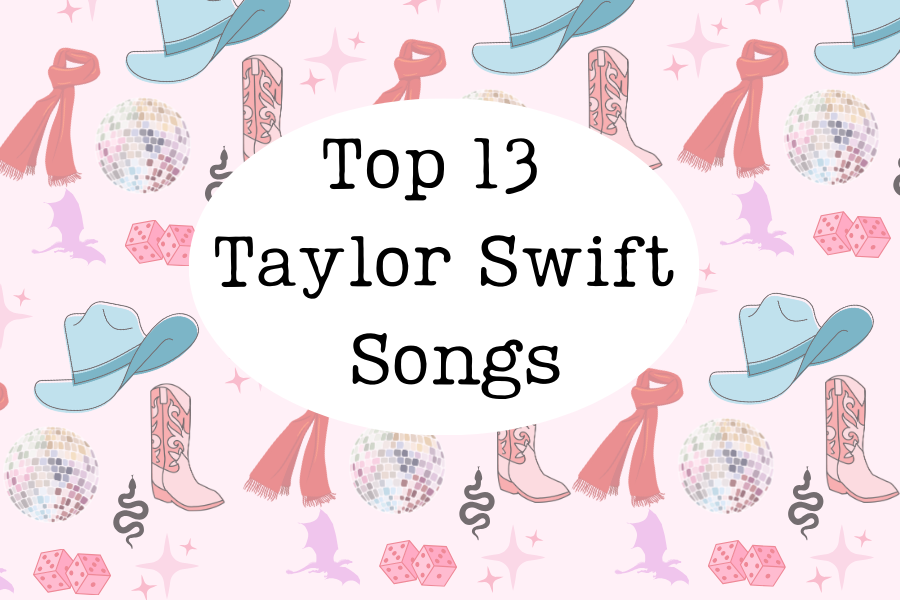
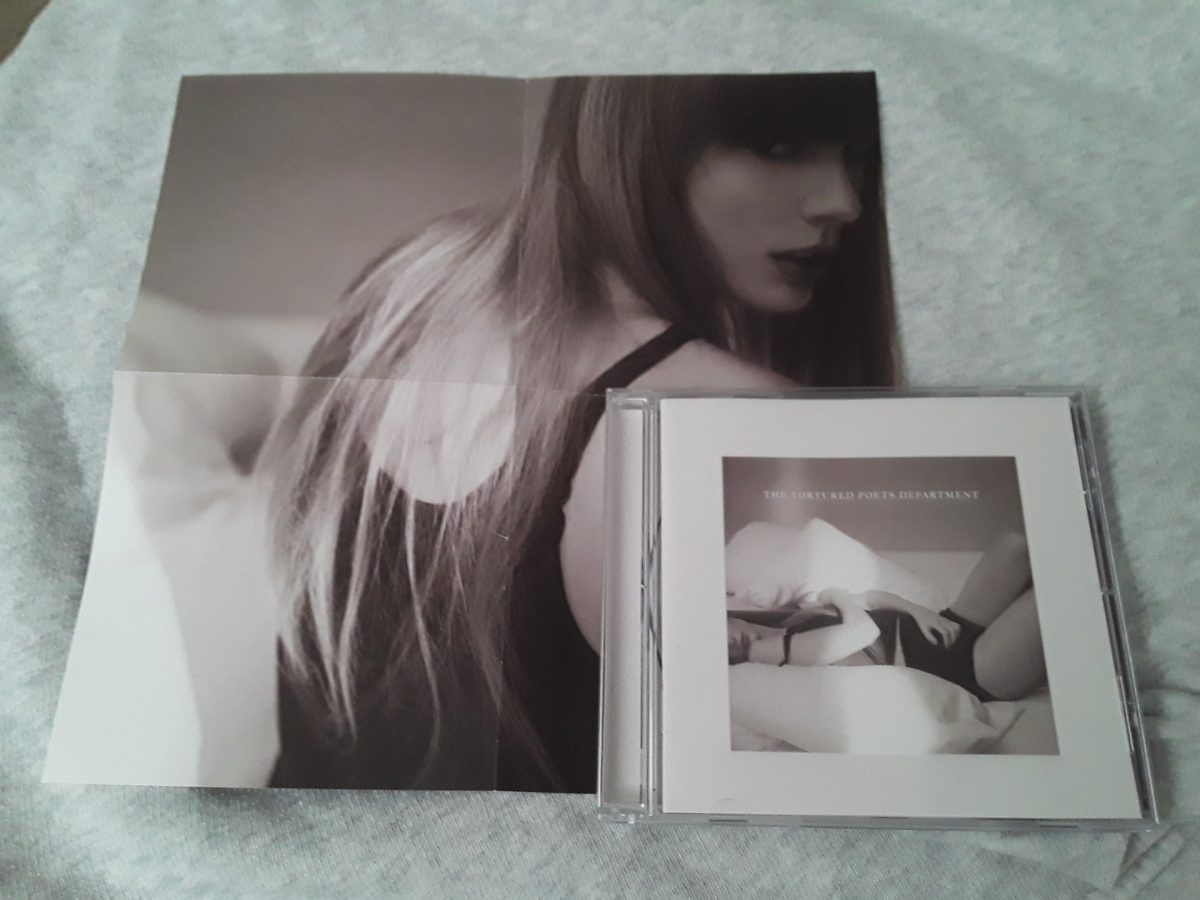




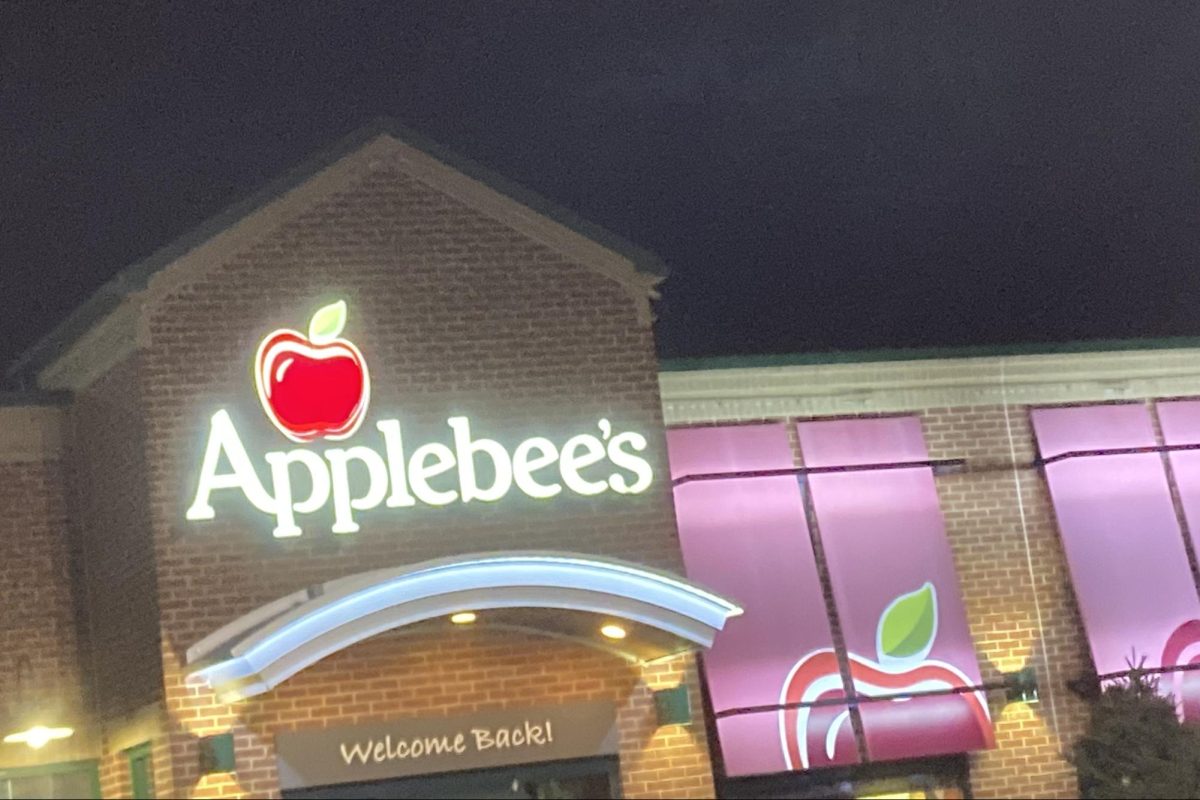


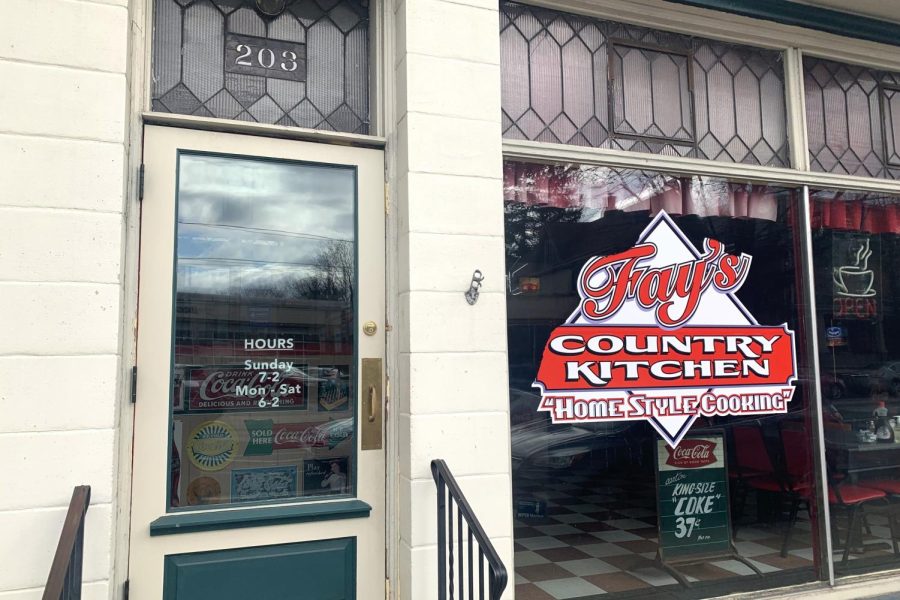


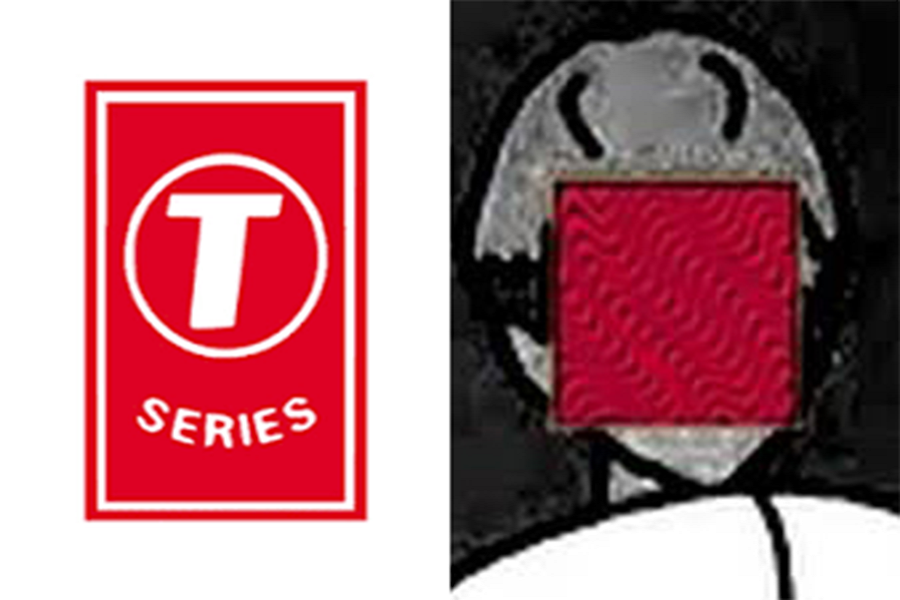

















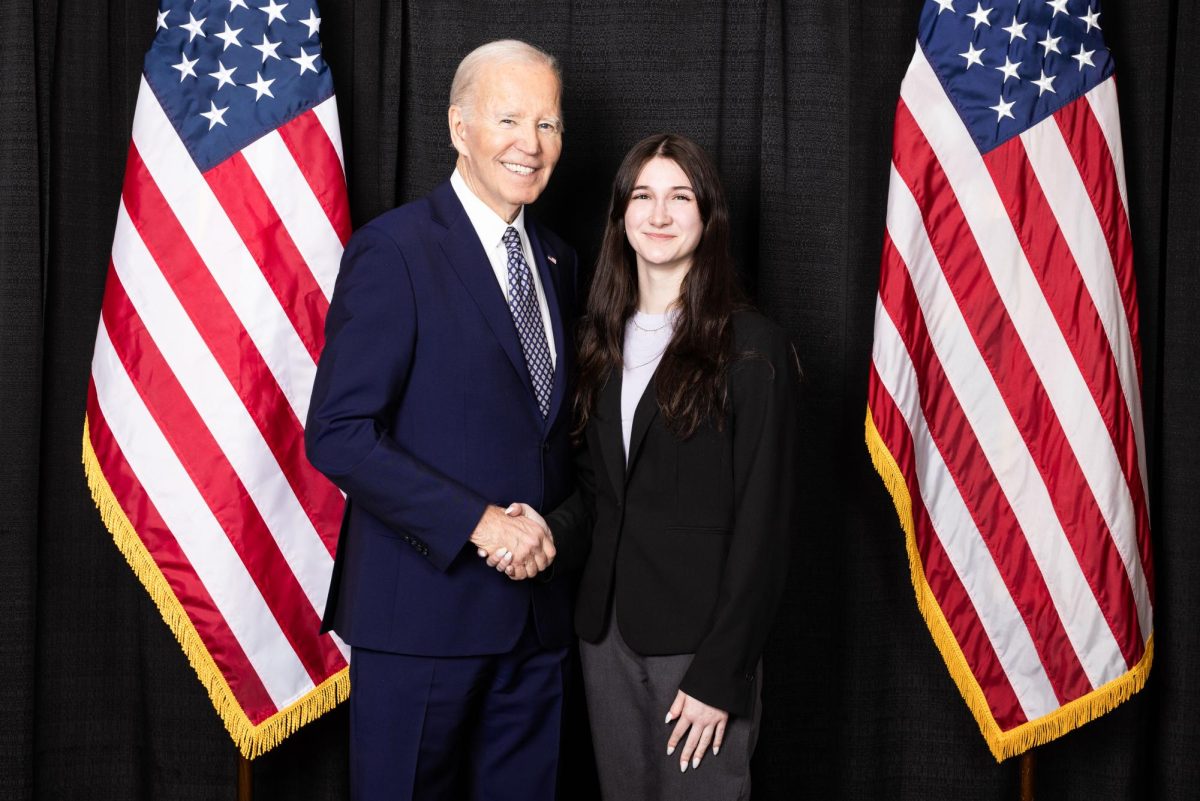








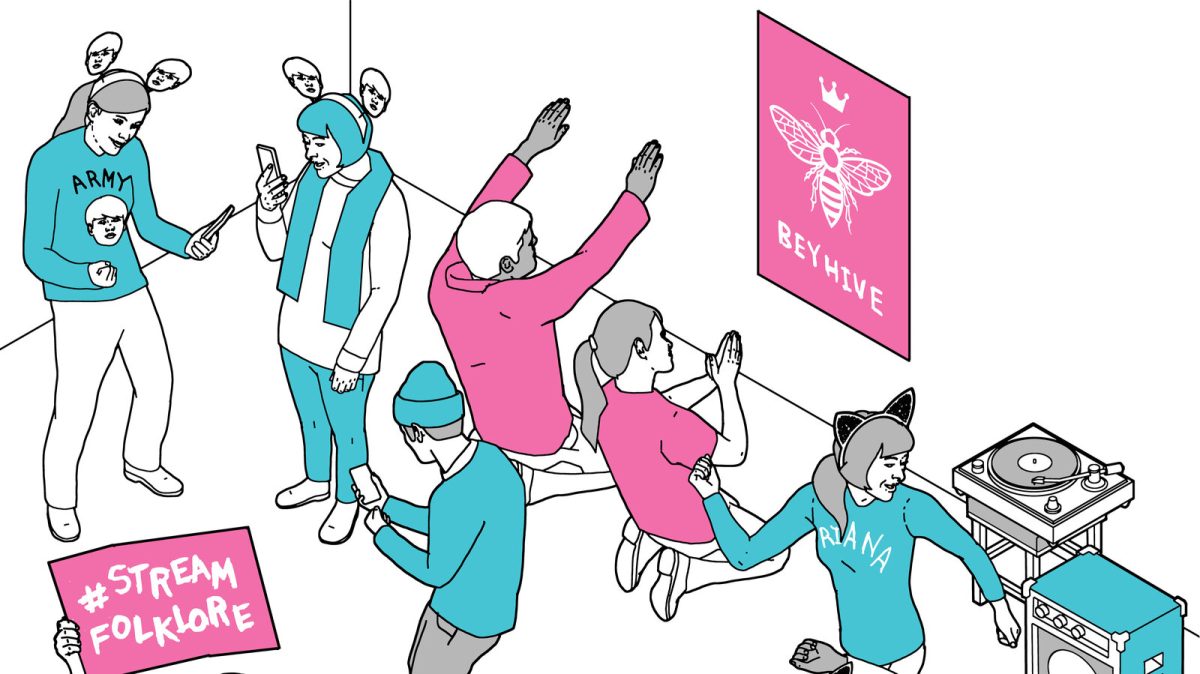


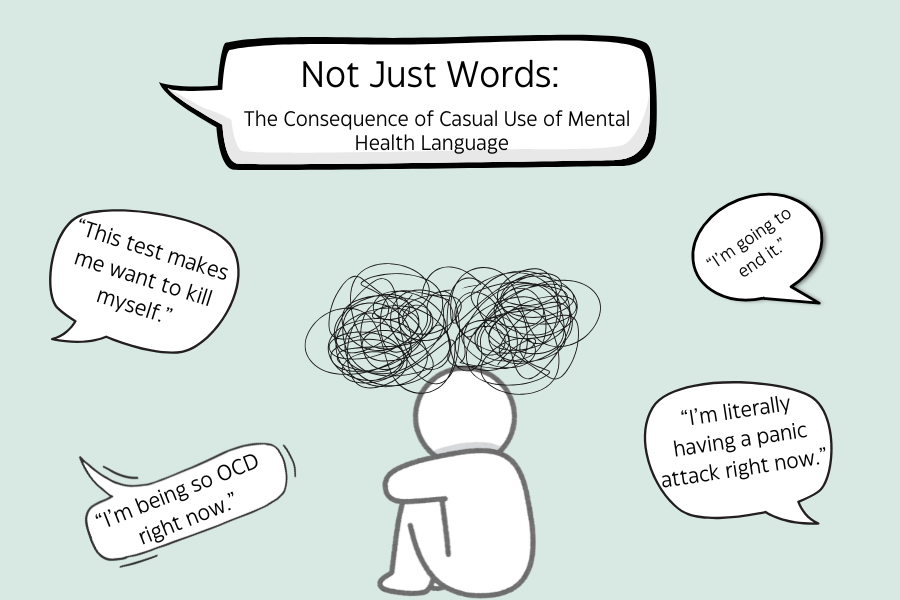





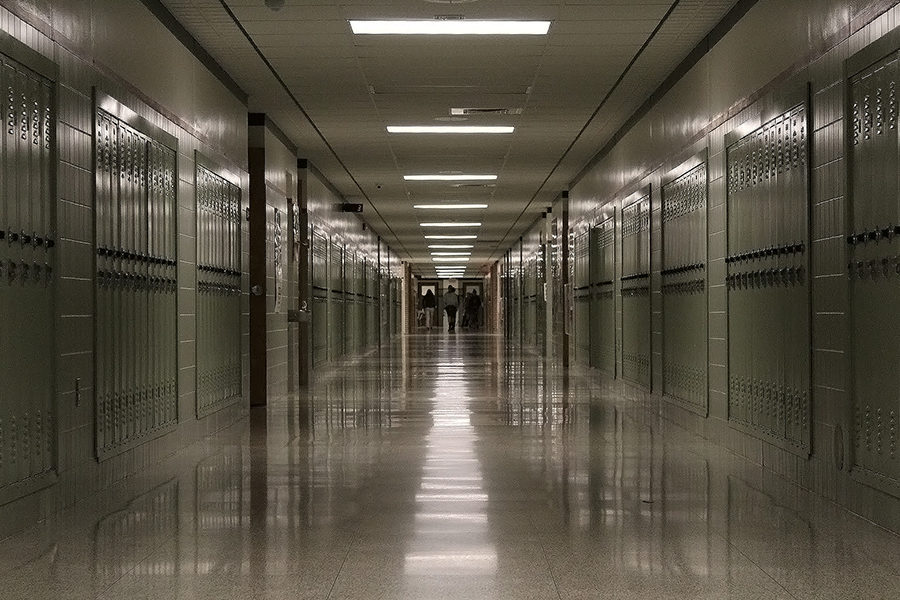




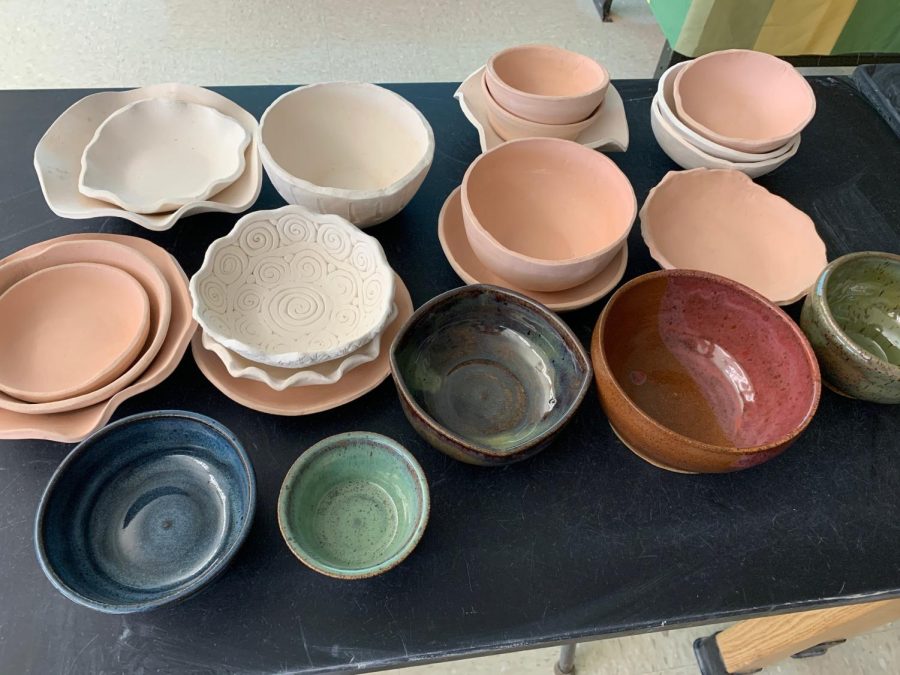



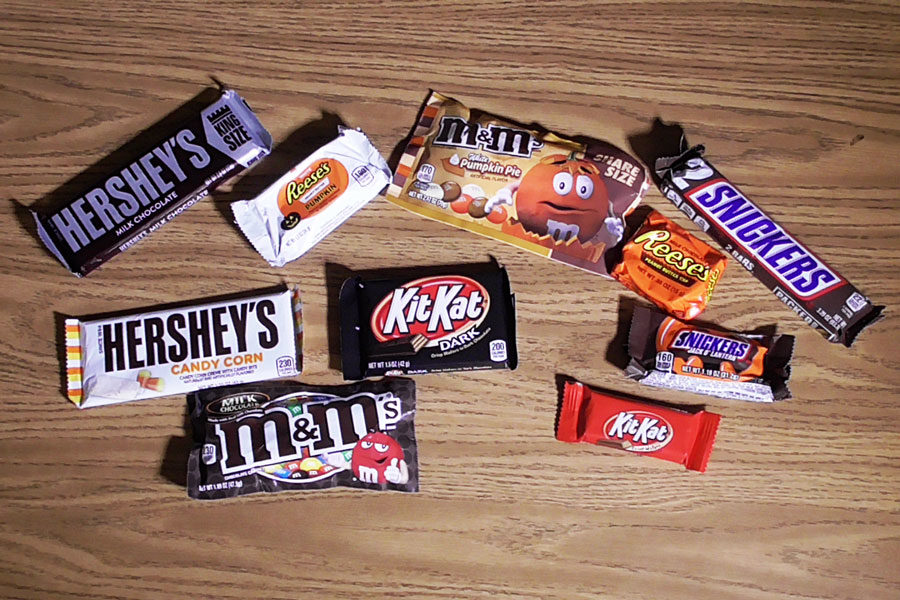








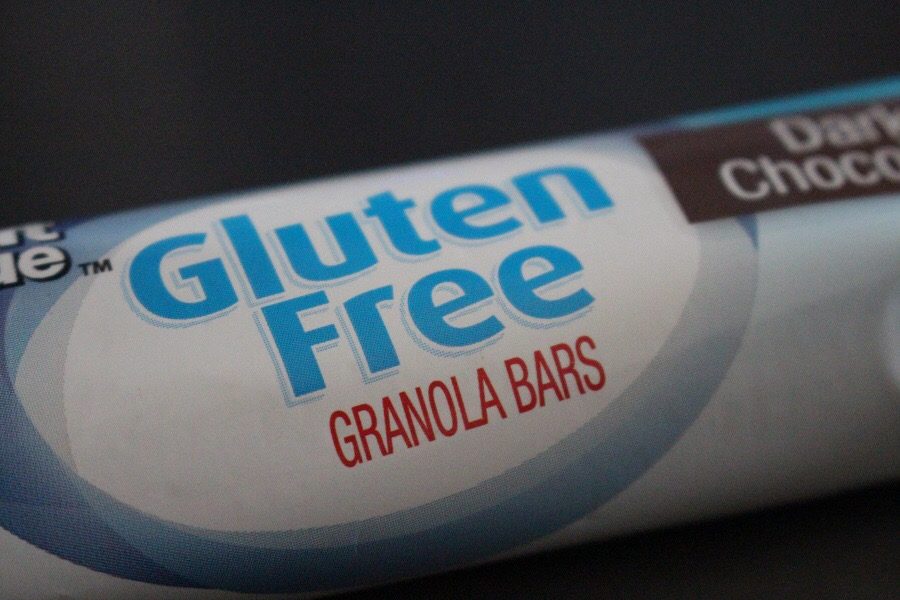
William Cantwell • Feb 22, 2018 at 11:07 am
A few years ago, my mom went Gluten-Free for a couple months. She had some serious scoriasis and her dermatologist suggested she change up her diet. Our whole family got new bread, granola bars, pasta, and baking mixes, as well as gluten free cookbooks for meal ideas. It wasn’t a terrible transition, the biggest challenge was dealing with the flavor. Everything without gluten was so much drier and less flavorful. We got used to it after a while, but after not seeing too great of an improvement with her condition at the price of such a change, my mother decided to switch back to gluten foods for good. It wasn’t exactly an enjoyable experience, but it was interesting to see what it was like to adapt to dietary restrictions
Frank Frazier • Jan 26, 2018 at 2:32 pm
Great article, Reese. Your article on gluten-foods is unique. I’m sure that not many other people would care about this topic.